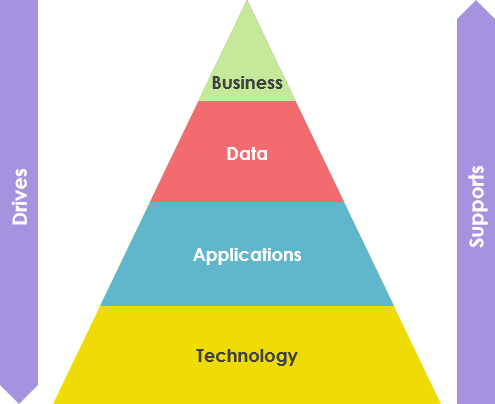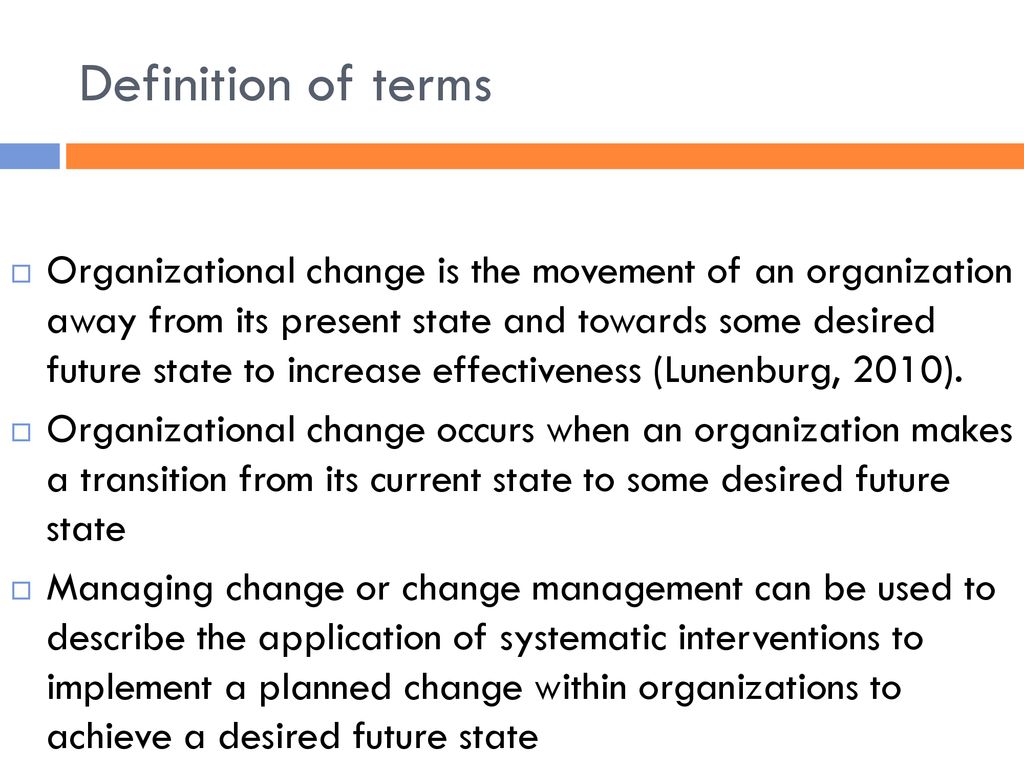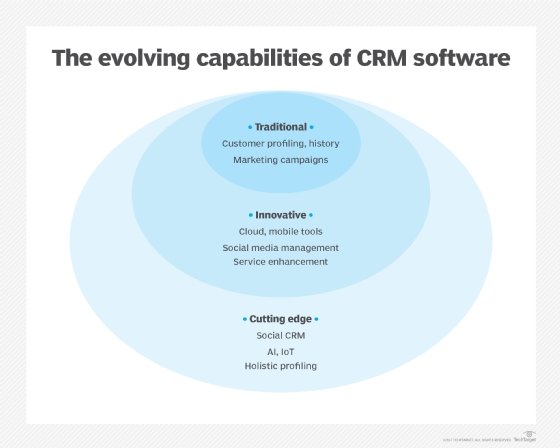Enterprise architecture EA is a discipline for proactively and holistically leading enterprise responses to disruptive forces by identifying and analyzing the execution of change toward desired business vision and. An enterprise architecture intends to determine how an enterprise can most efficiently achieve its current and future objectives.
 The Togaf Standard Version 9 2 Preliminary Phase
The Togaf Standard Version 9 2 Preliminary Phase
Ad Make your rack servers work for you with a fully engineered ready-to-use Sesame solution.

Enterprise architecture definition. Just plug in our rack-scale solutions and get to work. As an enterprise architect you will be responsible for overseeing improving. What Is Enterprise Architecture.
An enterprise architecture EA is a conceptual blueprint that defines the structure and operation of an organization. An enterprise architecture EA is a conceptual blueprint that defines the structure and operation of organizations. Enterprise Architecture Brief Explanation of Enterprise Architecture.
An enterprise architecture roadmap is a strategic blueprint that communicates how a companys IT plans will help the organization achieve its business objectives. It provides a visual blueprint demonstrating the connection between applications technologies and data to the business functions they support. Enterprise architecture EA as practiced in federal government agencies distinguishes among enterprise segment and solution levels of architectural analysis.
Communicating a change management plan for example to move the company to new tools or technology. An enterprise architect is responsible for the upkeep and maintenance of an organizations IT networks and services. An enterprise architecture EA is a conceptual blueprint for conducting enterprise analysis design planning and implementation using a comprehensive approach at all times for the successful development and execution of strategy.
The scope of enterprise architecture is the entire organization which is decomposed functionally into segments representing mission-centric or common business or shared service areas. Ad Make your rack servers work for you with a fully engineered ready-to-use Sesame solution. This is done to optimize operations and to communicate the strategies to stakeholders.
The intent of enterprise architecture is to determine how an organization can. Just plug in our rack-scale solutions and get to work. Enterprise architecture EA is a strategic planning initiative that helps align business and IT.
Enterprise Architecture Management EAM is a managerial process that develops maintains and uses a set of procedures standards of architecture and administrative regimes that provide direction and realistic assistance in designing and implementing an enterprise formation to achieve its vision strategic. These roadmaps can be developed for initiatives such as. Enterprise architecture planning EAP is a process by which organizations define how IT and information systems will be used in a business to meet its goals.
It is a hierarchical process starting with assessing the systems the organization uses today how things could work in the future and the steps needed to implement the changes required. From an IT perspective enterprise architecture refers to prioritizing a set of initiatives and IT roadmaps to shape how an organization will use technology.




















